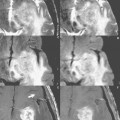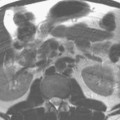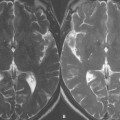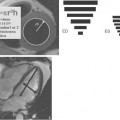70 Slice Thickness
The thickness of an MR image, specified during scan setup, has a major impact on the quality of the resultant image, as well as on the imaging parameters used. When a thicker slice is acquired, the signal from more tissue is averaged, which can lead to poor anatomic definition and in particular to poorer definition of tissue interfaces. This phenomenon is known as volume averaging. The effect of volume averaging becomes especially problematic when the thickness of the acquired slice exceeds the size of a structure being evaluated. Therefore, it is desirable to acquire the thinnest slice possible to resolve structures with the greatest detail. However, as the slice thickness is reduced, the signal-to-noise ratio (SNR) is reduced by a proportional amount. To maintain adequate SNR (on thin slices) for definition of structures with low-contrast detectability, an increase in signal averaging, and thus scan time, must be applied.
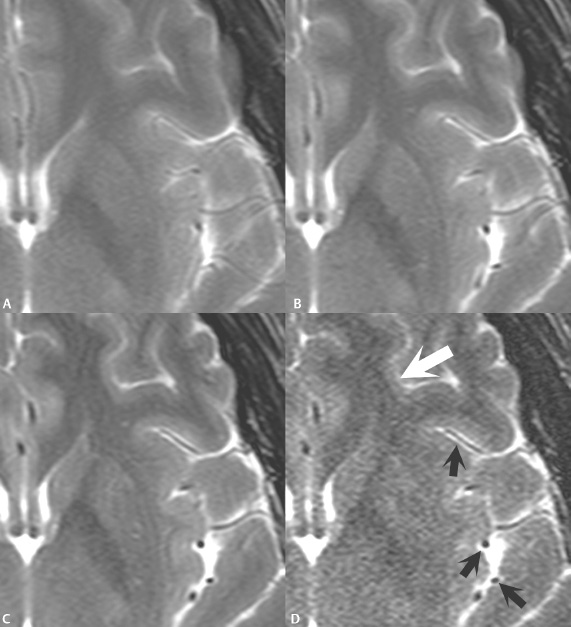
Fig. 70.1
Stay updated, free articles. Join our Telegram channel

Full access? Get Clinical Tree




